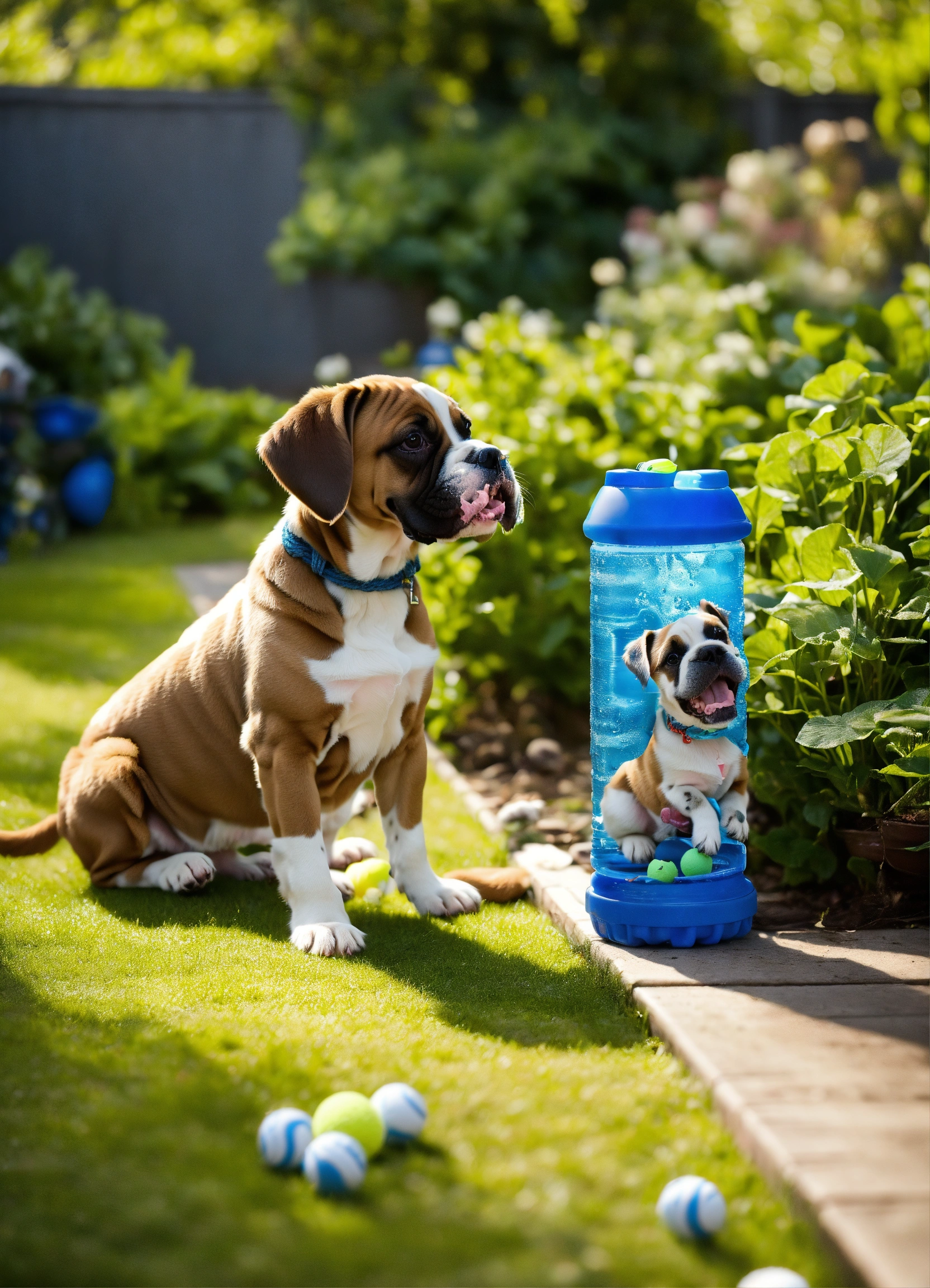When it comes to taking care of your dog’s hygiene, many questions may arise, and one of them is about the ideal water temperature for bathing. After all, can a dog take a bath with hot water? And why is it important to choose the right temperature? In this text, we will explore these questions and highlight why warm water is the best choice for your four-legged friend.
Why is water temperature important?
Dogs have sensitive skin and fur that requires specific care. The temperature of the water used for bathing can directly affect the health of your pet’s skin and fur. Let’s take a closer look at the effects of these different temperatures:
- Cold water: This can be extremely uncomfortable for dogs, especially on cold days or for dogs with short hair and thin skin. It can also cause stress and anxiety in the dog, making bath time an unpleasant experience.
- Hot water: This can cause burns to your dog’s sensitive skin. Even if the water isn’t scalding hot to you, it can be too hot for your dog. It can also dry out your dog’s skin, stripping away the natural oils that protect and keep their skin healthy. Just like cold water, hot water can cause discomfort and stress for your pet.
Warm water: the ideal choice
The best temperature for bathing your dog is lukewarm water. Let’s understand why this is the ideal choice:
- It is comfortable for the dog, not causing the thermal shock that cold water can cause nor the discomfort of hot water.
- Warm water minimizes the risk of burns and is safe for your dog’s sensitive skin.
- The warm temperature helps to open the pores, facilitating deep cleaning, but without removing the natural oils essential for the health of the skin and fur.
- A warm bath can be a relaxing and enjoyable experience for your dog, reducing stress and making bath time a positive experience.
Tips for bathing your dog safely
Now that we know that warm water is the best option, here are some tips to ensure your dog’s bath is safe and effective:
- Check the water temperature before starting your bath. The water should be warm to the touch, similar to human body temperature.
- Choose a calm and quiet place to bathe your dog, away from distractions and noises that could stress your dog.
- Use shampoos and conditioners specifically designed for dogs. Human products may contain ingredients that irritate dogs’ skin.
- Protect your dog’s ears to prevent water from getting in, and be careful when washing his head to avoid getting the product in his eyes.
- After bathing, dry your dog thoroughly with a towel and, if necessary, use a hairdryer on a low setting to prevent colds.
Benefits of Regular Bathing
Regular bathing is important for your dog’s health and well-being, as it helps keep their skin clean and their coat shiny and healthy. It can also help identify and remove parasites like fleas and ticks, preventing infestations. Proper skin cleaning can prevent problems like dermatitis and allergies, and a clean, smelling dog is a happier, healthier dog.
